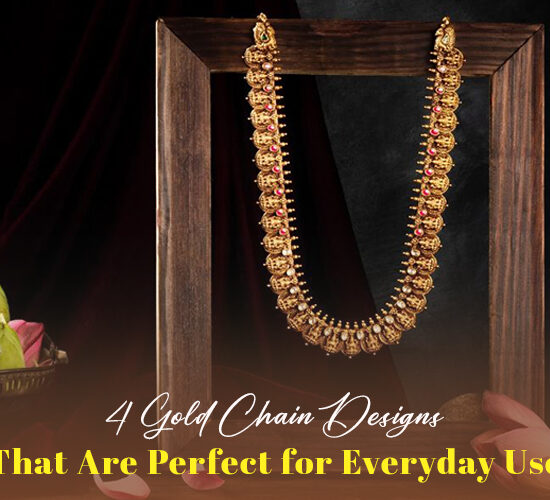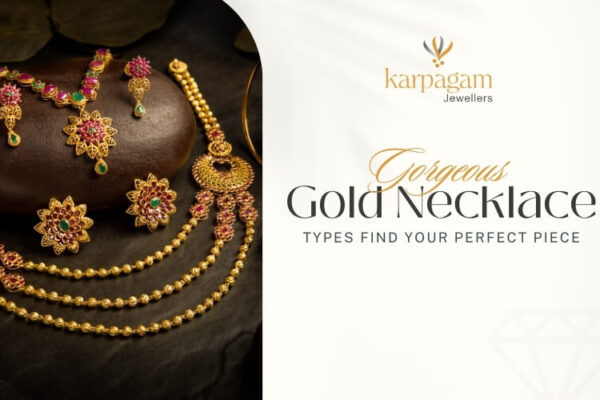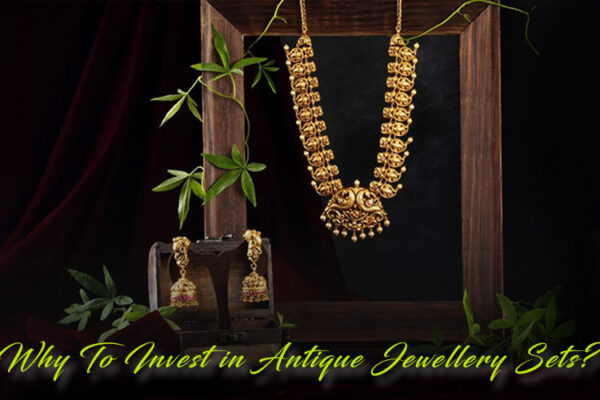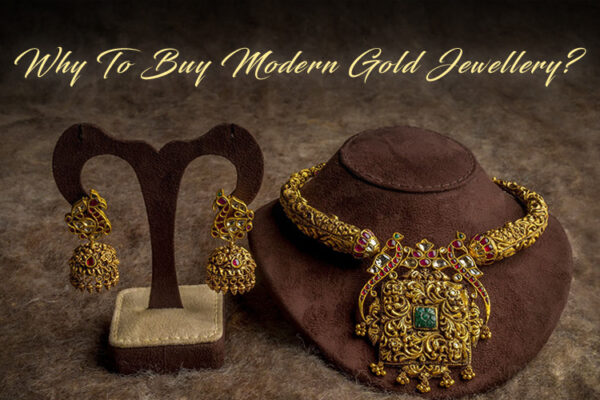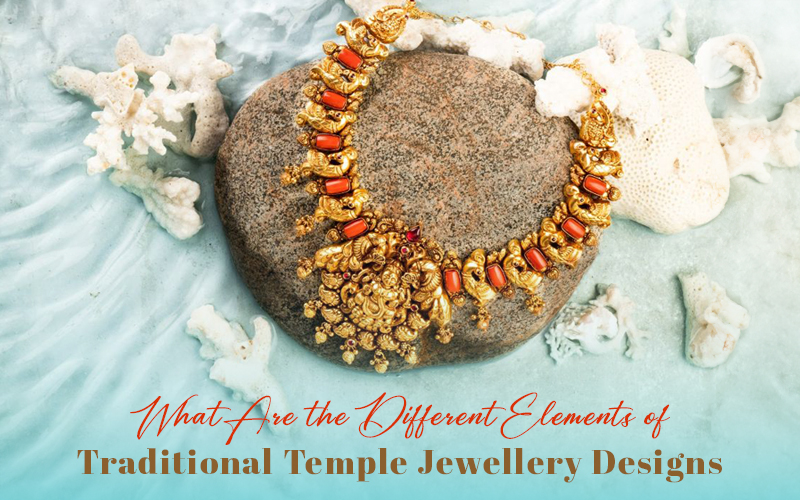
Traditional temple jewellery designs are all the rage, especially for bridal jewellery collections. These intricate designs look stunning against a backdrop of bright Kanjeevaram sarees, making them a mainstay in a bridal trousseau. While the designs are unique and intricate, these ornaments are characterized by certain motifs, each with its own significance. At Karpagam Jewellery Shop, Coimbatore, we keep this art form alive with traditional designs and even incorporate them into our contemporary designs, blending modern with tradition beautifully. Read on to learn more about the different elements in traditional temple jewellery designs and their significance. Understanding the symbolism behind these designs not only deepens your appreciation of the craftsmanship but also increases its significance and beauty.
Animal Motifs
Animals are a common theme in traditional temple jewellery designs. But they’re not just for decoration; every animal has significance and is used to represent something unique. The animals used in traditional designs are usually mounts of different gods and goddesses. For instance, the peacock is the mount of Lord Karthikeya, the swan is the mount of Goddess Saraswati, the elephant represents Goddess Lakshmi and Lord Ganesha, parrots represent Goddess Meenakshi and are also the mount of Kamadevan, the god of love and desire.
As earlier said, every animal represents something unique. For instance, peacocks represent love, wisdom, and beauty, parrots represent fertility, and elephants represent power, intelligence and abundance. Similarly, annam or swan represents purity and detachment.
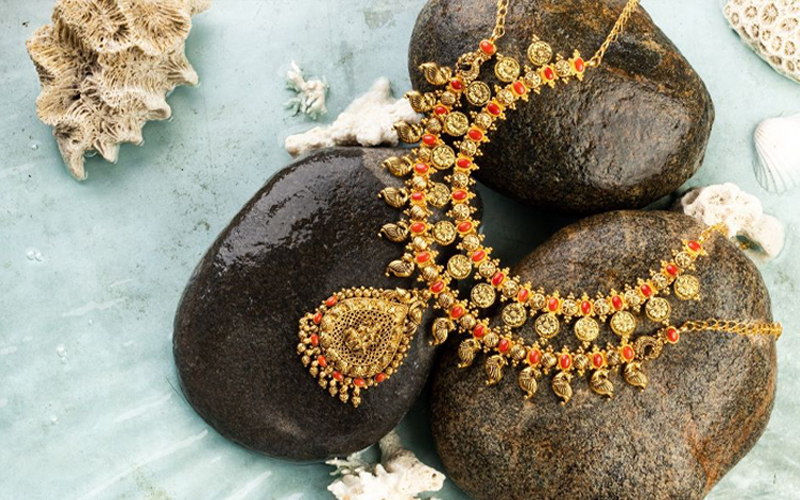
Leaves, Flowers and Fruits
Flora and fauna are an inseparable theme in traditional temple jewellery designs. Even simple food items can be incorporated into ornament designs and even have divine significance. Some common fruits and flowers incorporated into temple jewellery designs include mangoes, lotuses, jasmine, leaves of Banyan and Peepal trees, and even floral vines.
As with every other motif, these flowers, fruits, and leaves also have specific significance. Mango represents fertility and longevity while lotus represents divinity and purity. Similarly, Banyan represents the trinity of Brahma, Vishnu, and Shiva, while peepul represents longevity and wisdom. Jasmine flowers represent Goddess Lakshmi and symbolises wealth and prosperity.
Mythological Creatures
Mythological winged creatures, mythical trees, etc., have been used for over 200 years and are a common feature in traditional temple jewellery designs. For instance, the Kalpavriksha or wish-fulfilling tree is a mythical wish-granting tree. Similarly, the garuda is a mythical bird with the torso and arms of a man, and the wings, head, and beak of an eagle. It represents knowledge, loyalty, and bravery, and is believed to be the mount of Lord Vishnu.
The yali is a mythical chimaera associated with strength and protection. There are different types of yali, viz., gala yali or elephant-headed yali, ashva yali or horse-headed yali, nir vyala or human-headed yali.
Geometric Patterns
Geometric shapes and patterns are commonly used in traditional temple jewellery designs. They ensure symmetry, symbolising stability and balance. Common geometric patterns include circles, triangles, squares, etc. The Om symbol is another commonly used symbol in jewellery designs.
As the best jewellery shop in Coimbatore, we use these traditional motifs to create unique gold and silver ornaments that are elegant and timeless.



